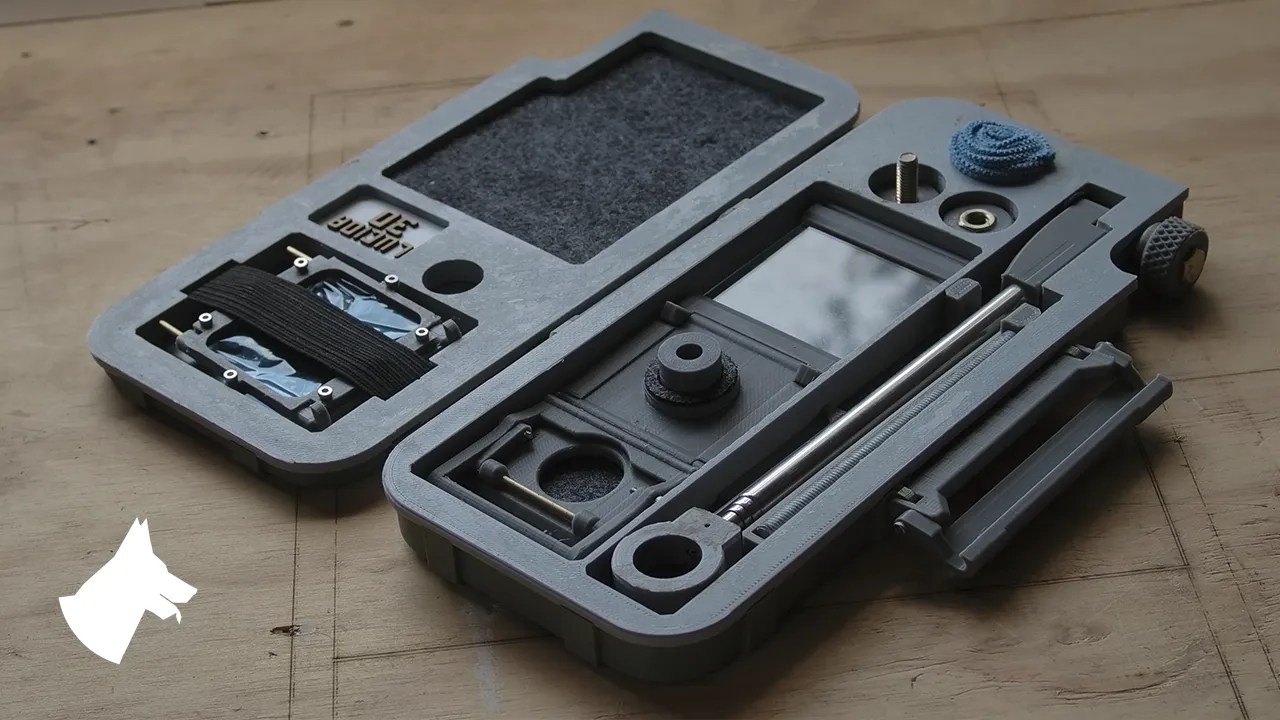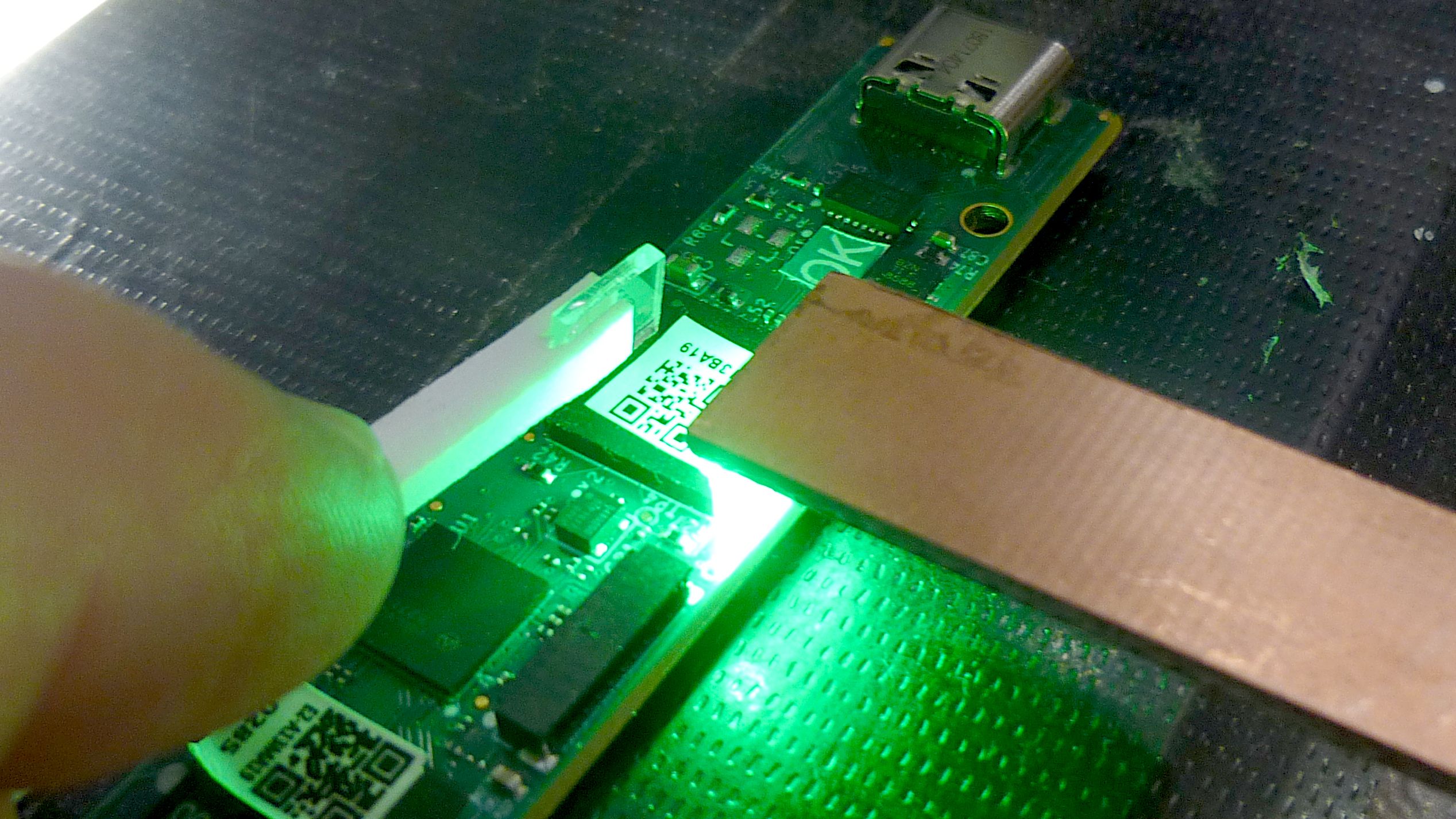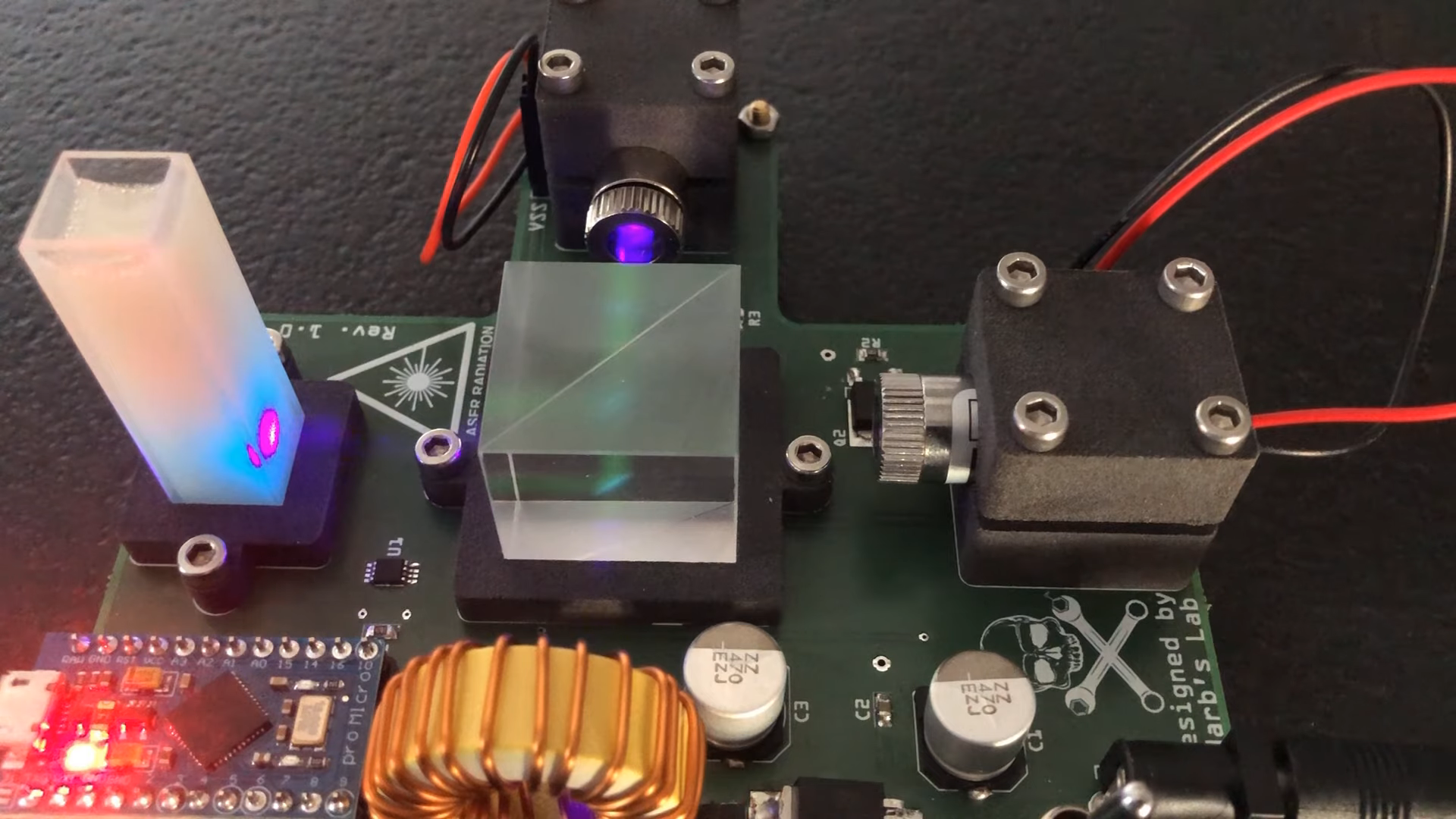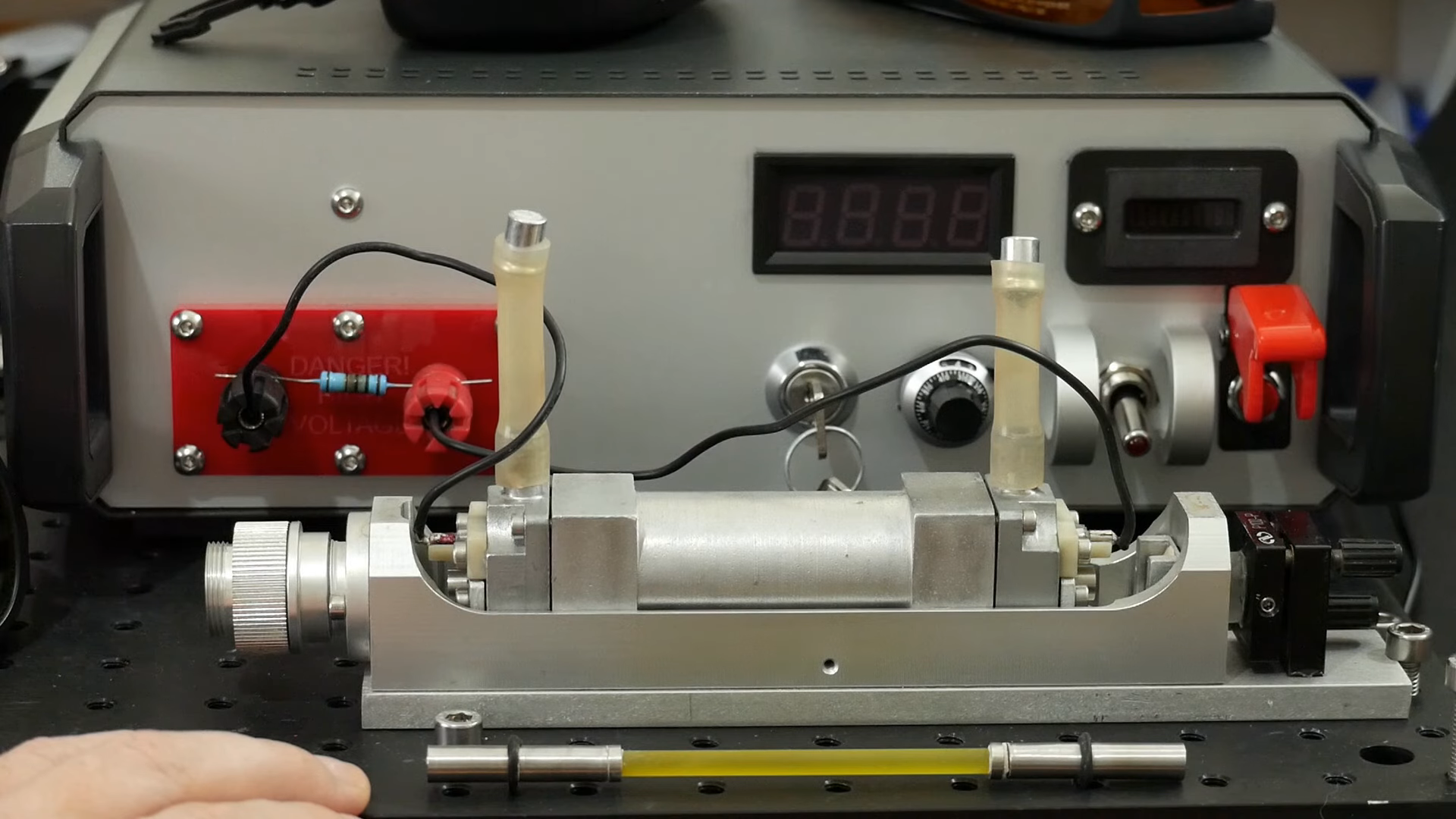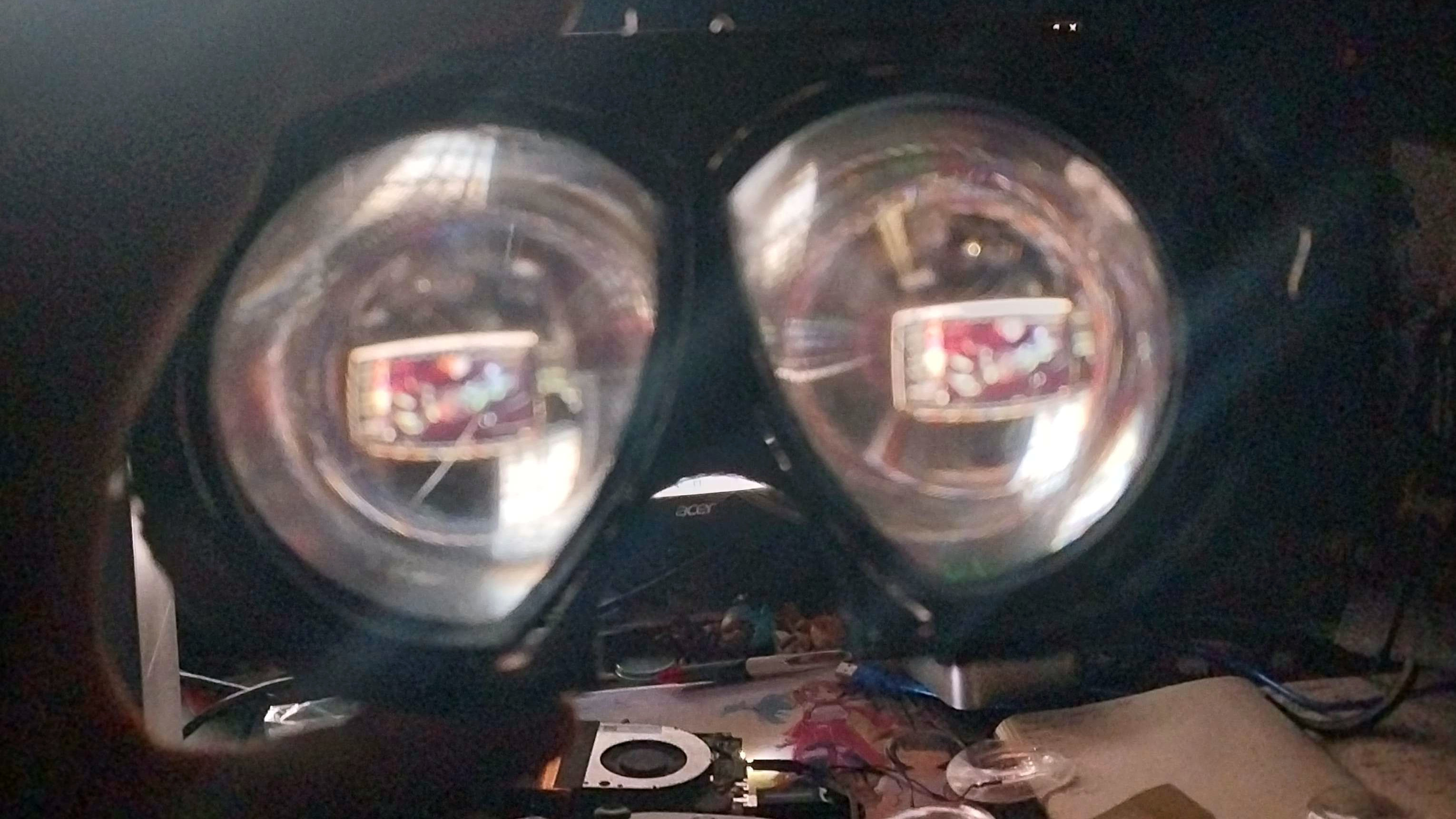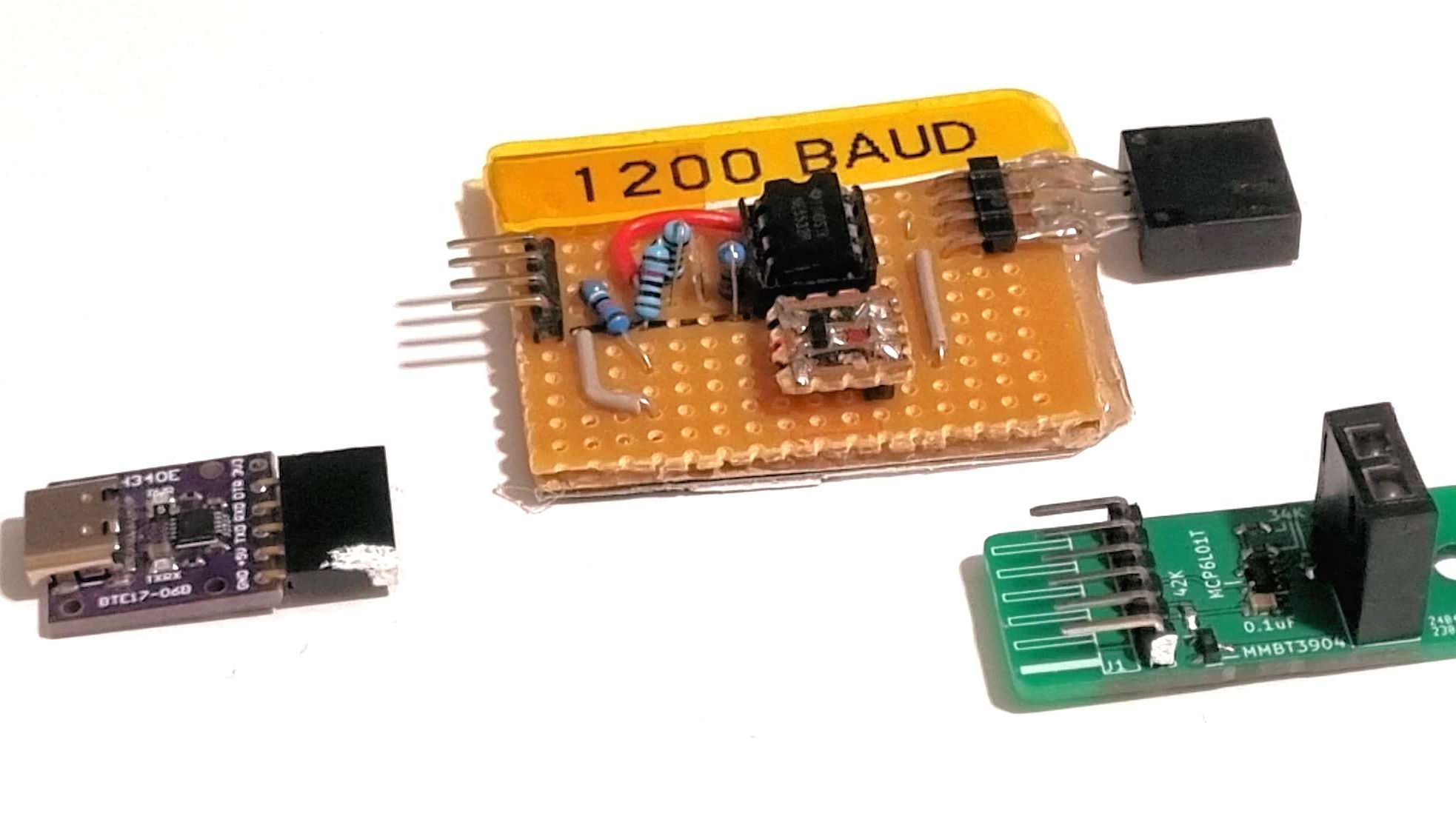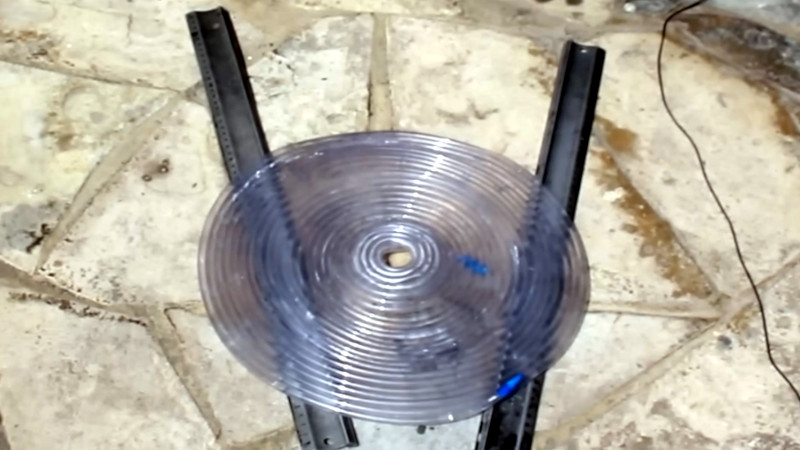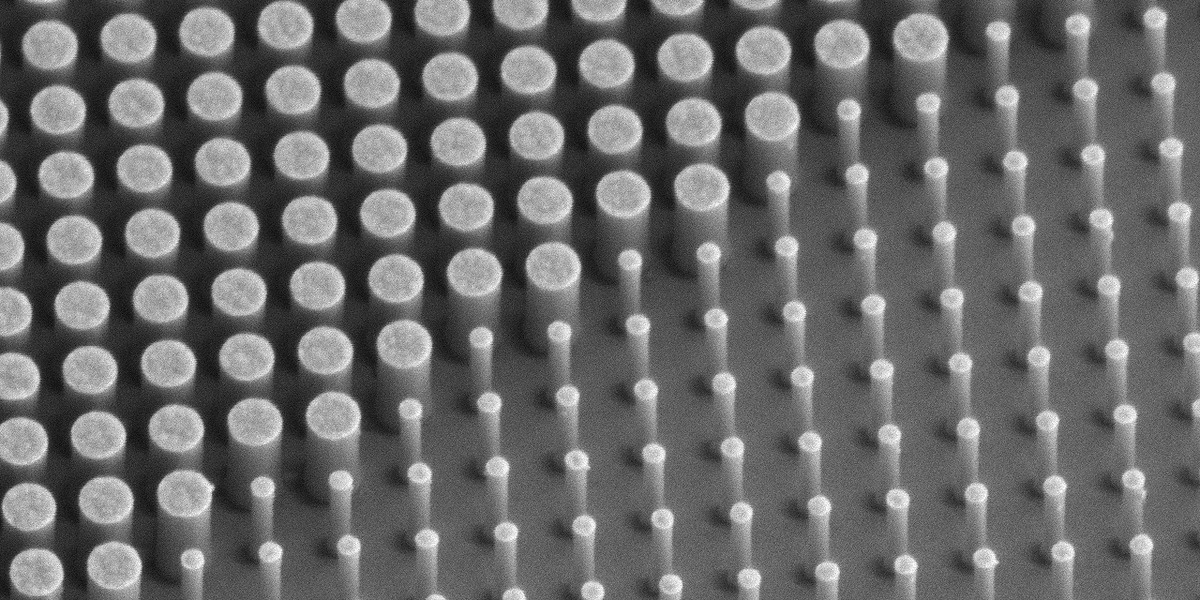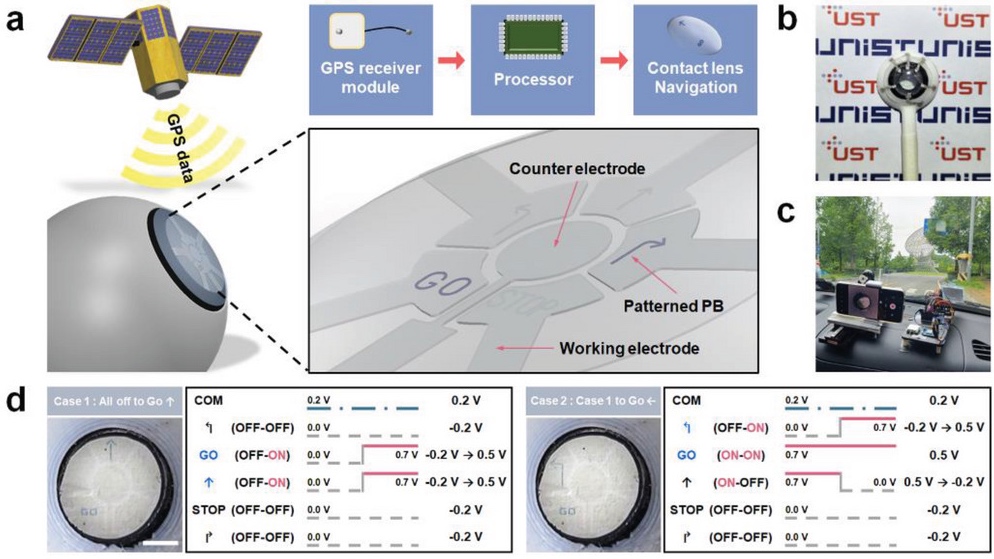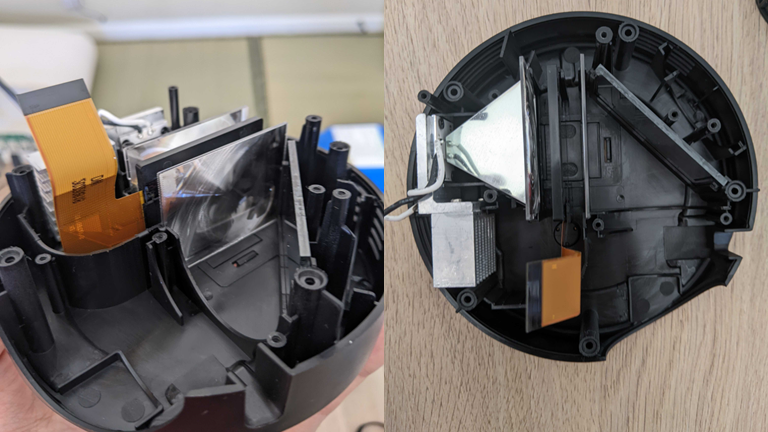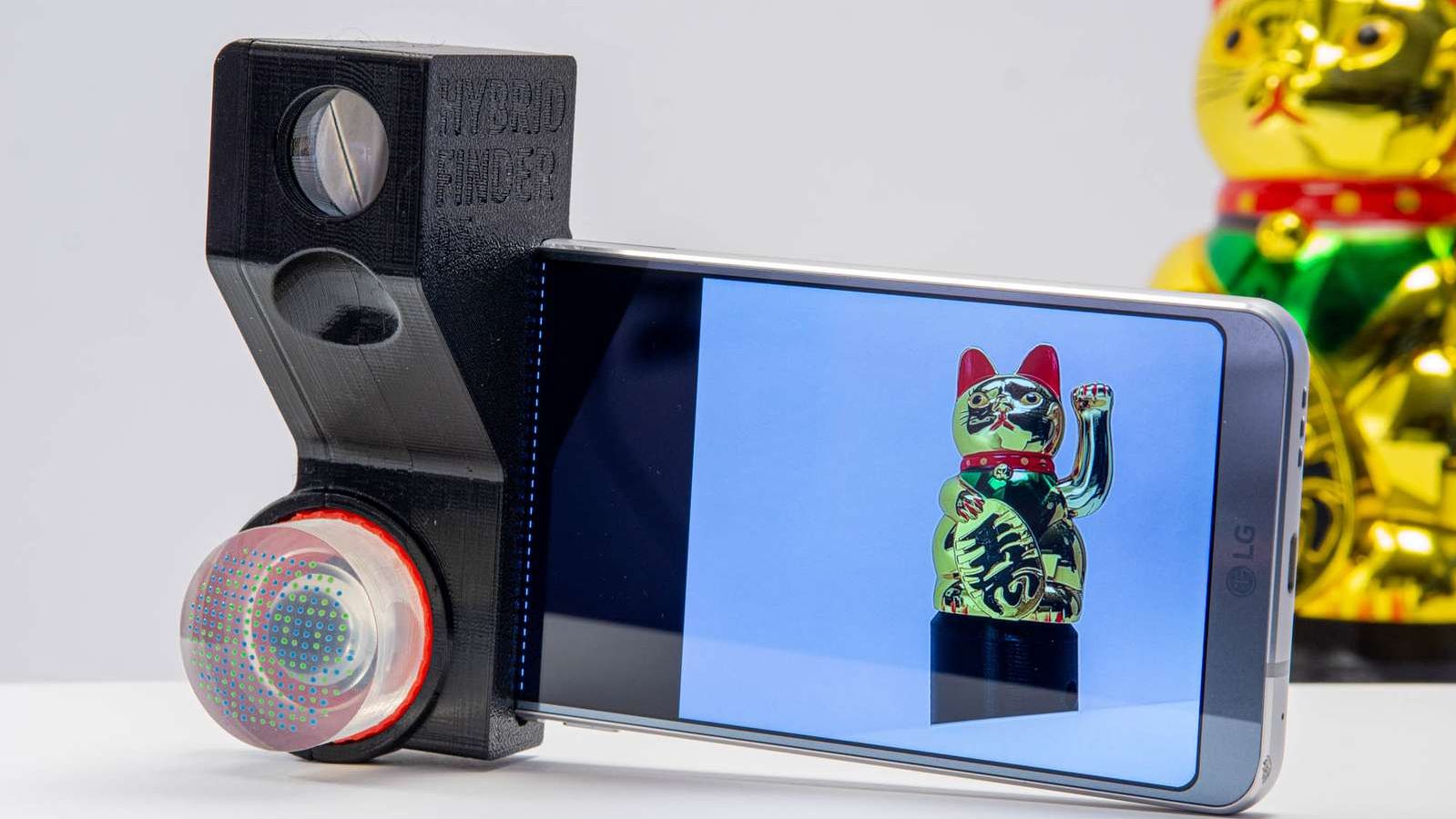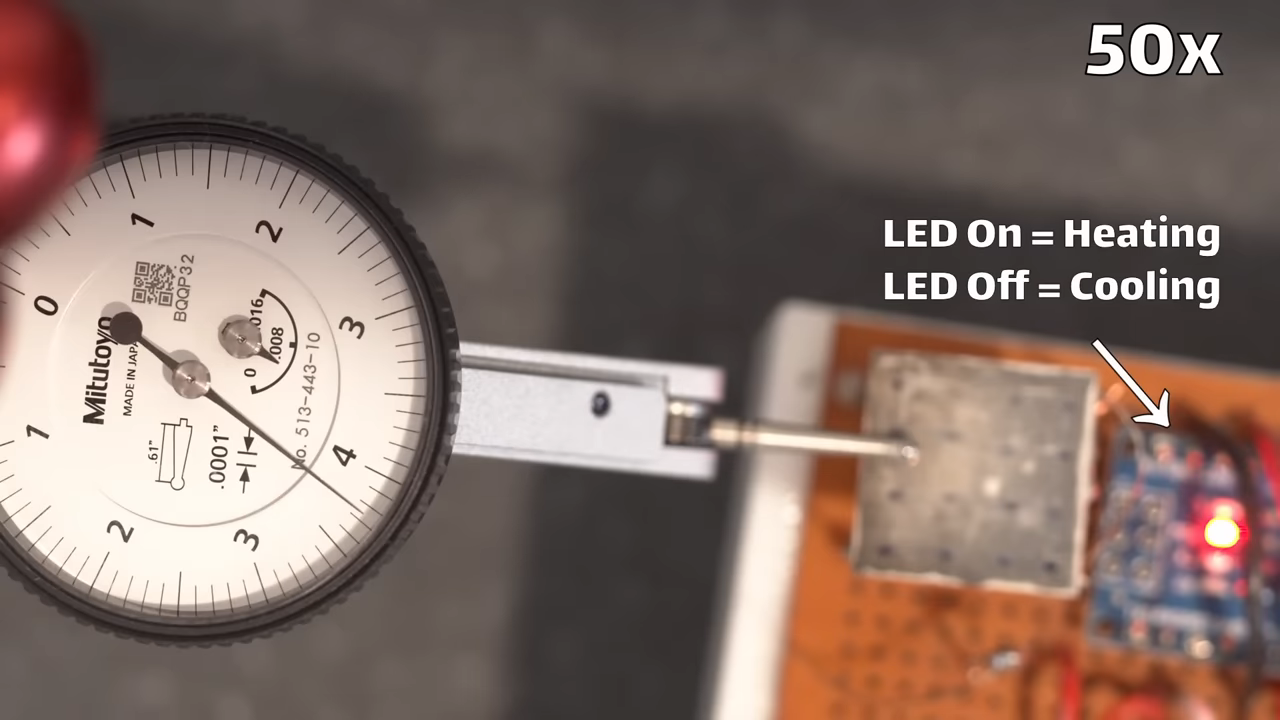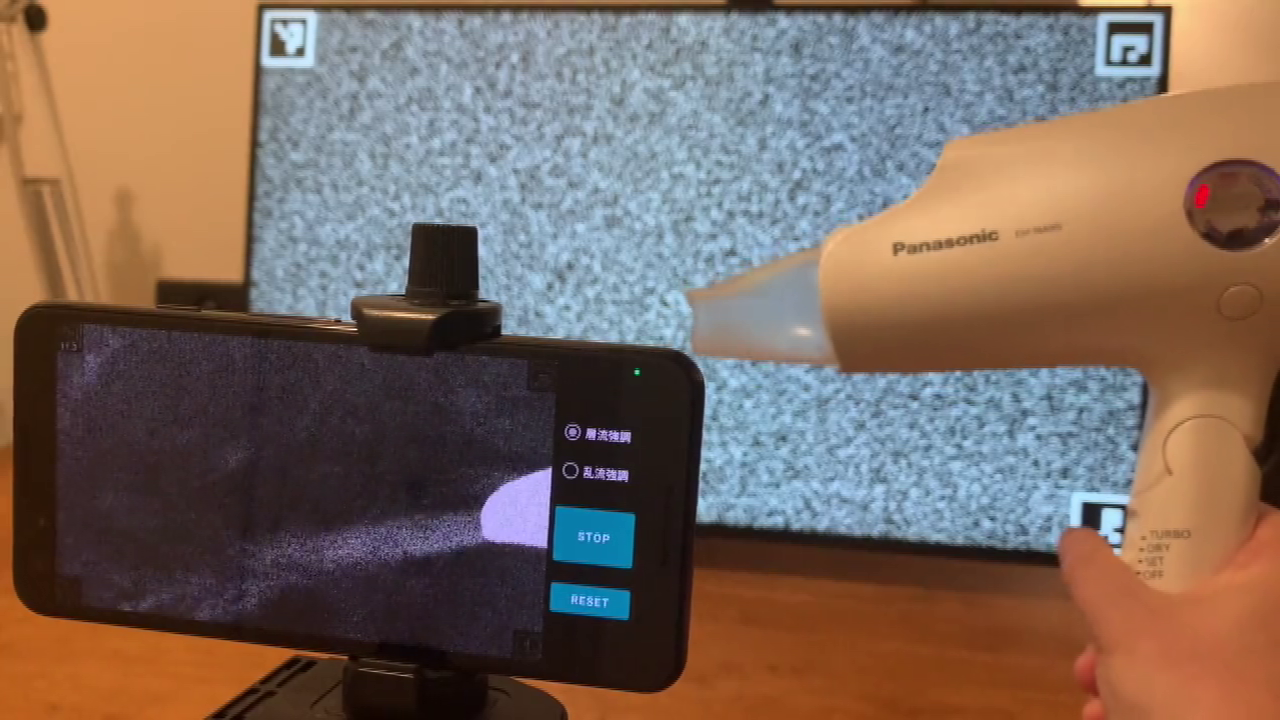#optics
"For now, it has its uses in areas like depth sensing or the polarization of light.
"With today’s lenses, the size of the camera and image quality are pulling in different directions. The only way to make lenses smaller and better is to replace refractive lenses with a different technology.
That technology exists. It’s the metalens, a device developed at Harvard and commercialized at Metalenz, where I am an applications engineer. We create these devices using traditional semiconductor-processing techniques to build nanostructures onto a flat surface. These nanostructures use a phenomenon called metasurface optics to direct and focus light. These lenses can be extremely thin—a few hundred micrometers thick, about twice the thickness of a human hair. And we can combine the functionality of multiple curved lenses into just one of our devices, further addressing the space crunch and opening up the possibility of new uses for cameras in mobile devices.
[...]
We can use the ability of a metalens to redirect and change light in a number of ways. We can scatter and project light as a field of infrared dots. Invisible to the eye, these dots are used in many smart devices to measure distance, mapping a room or a face. We can sort light by its polarization (more on that in a moment).
[...]
In 2022, ST Microelectronics announced the integration of Metalenz’s metasurface technology into its FlightSense modules. Previous generations of FlightSense have been used in more than 150 models of smartphones, drones, robots, and vehicles to detect distance. Such products with Metalenz technology inside are already in consumer hands, though ST Microelectronics isn’t releasing specifics.
[...]
Using this technology, we can replace previously large and expensive laboratory equipment with tiny polarization-analysis devices incorporated into smartphones, cars, and even augmented-reality glasses. A smartphone-based polarimeter could let you determine whether a stone in a ring is diamond or glass, whether concrete is cured or needs more time, or whether an expensive hockey stick is worth buying or contains micro cracks. Miniaturized polarimeters could be used to determine whether a bridge’s support beam is at risk of failure, whether a patch on the road is black ice or just wet, or if a patch of green is really a bush or a painted surface being used to hide a tank. These devices could also help enable spoof-proof facial identification, since light reflects off a 2D photo of a person at different angles than a 3D face and from a silicone mask differently than it does from skin. Handheld polarizers could improve remote medical diagnostics—for example, polarization is used in oncology to examine tissue changes.""
